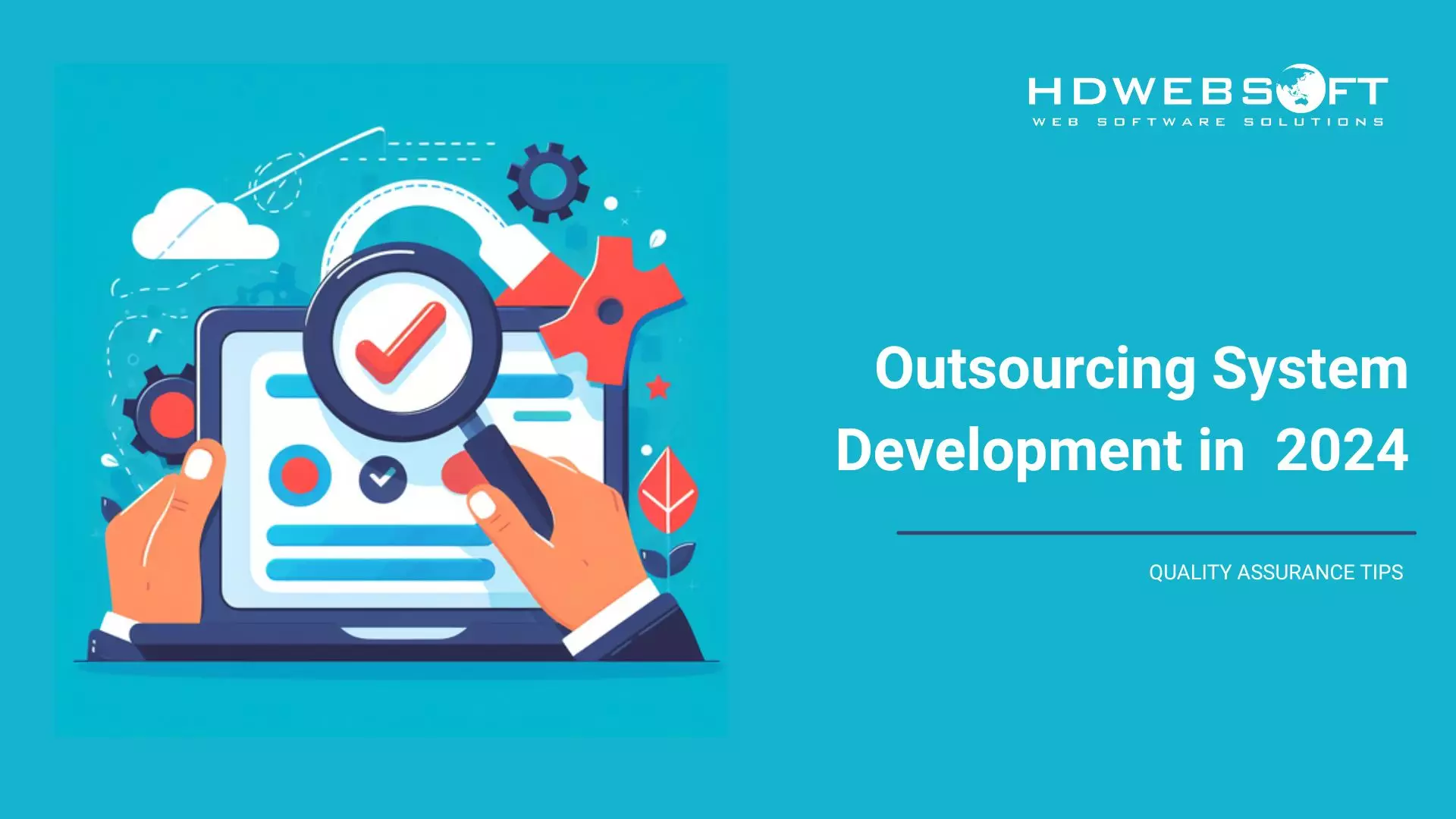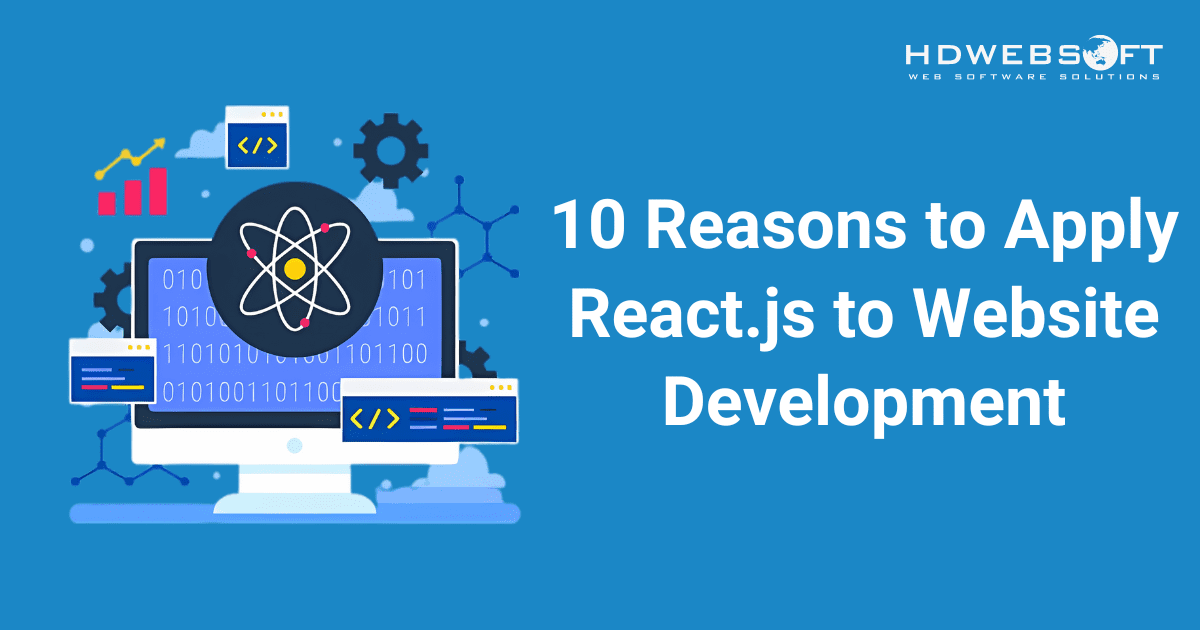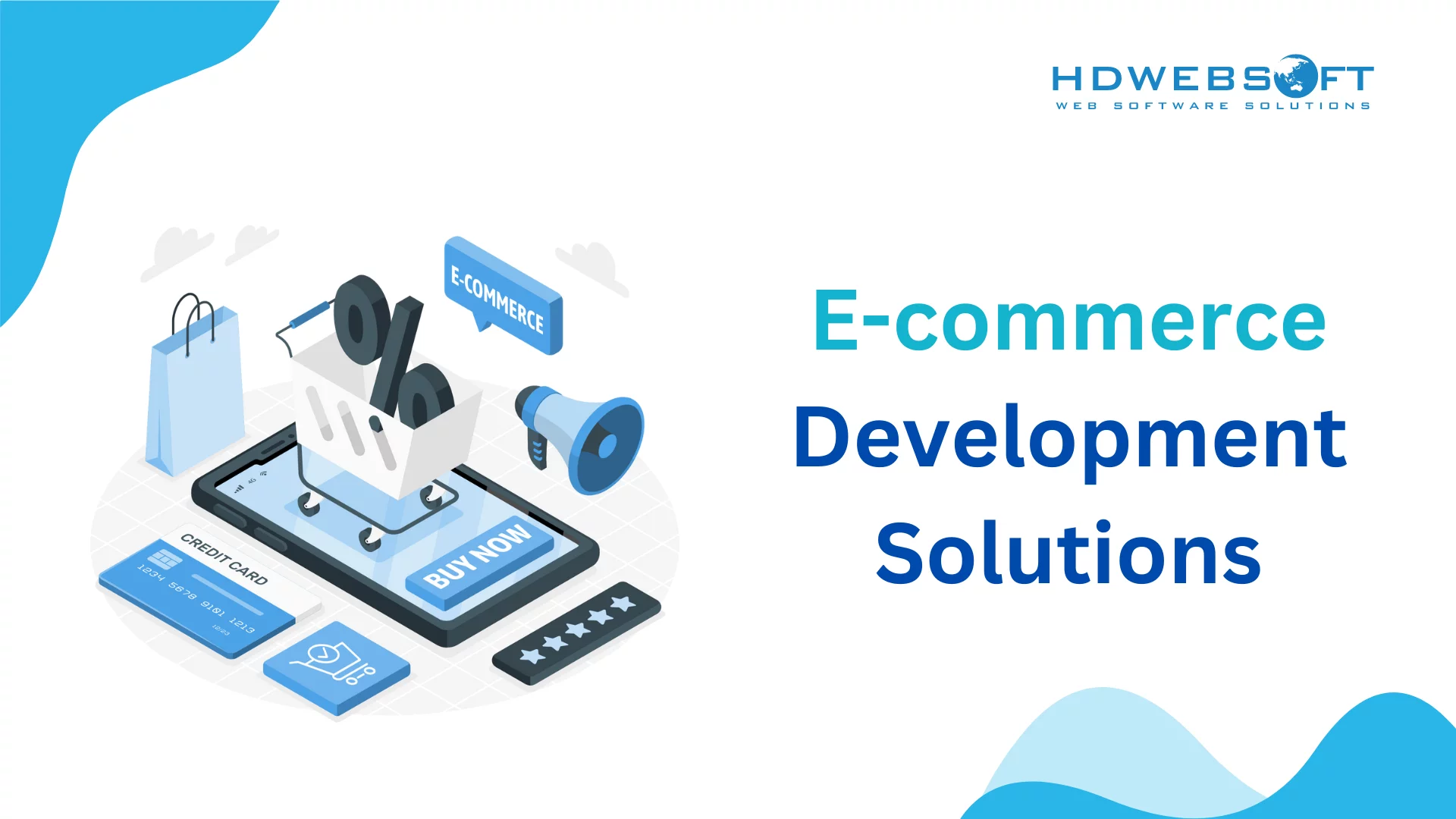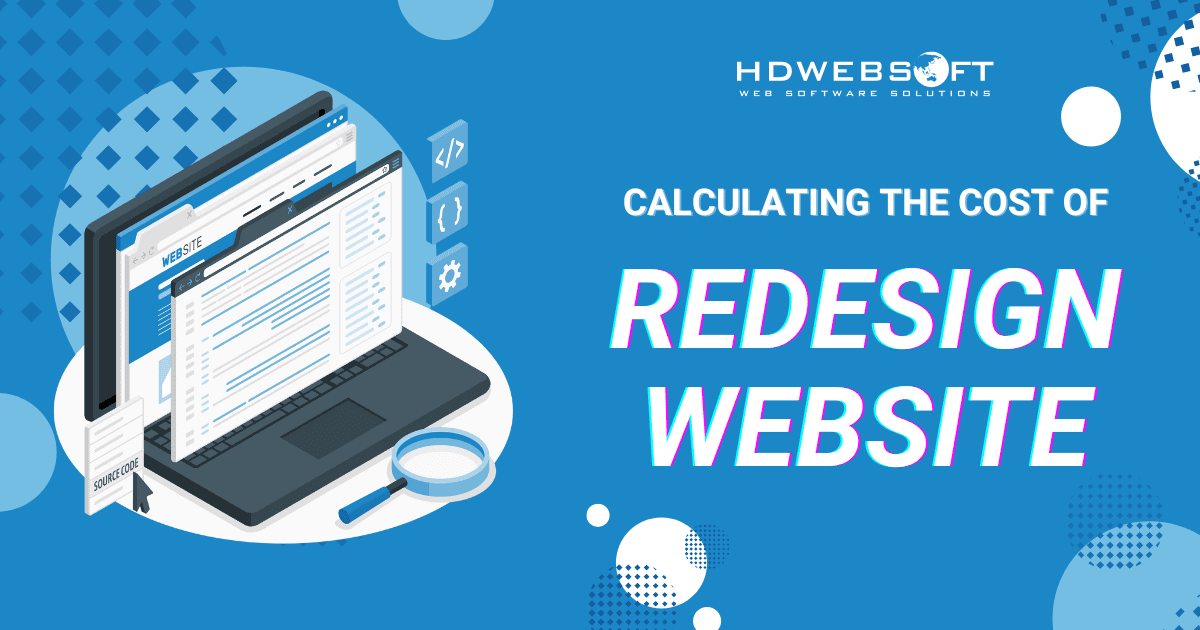
Calculating the Cost of Redesign Website
Redesign website is a critical undertaking for businesses aiming to stay relevant and competitive in the digital landscape. In the online world, a website is often the first, and sometimes the only, interaction a potential customer has with your brand. Therefore, ensuring your website is modern, user-friendly, and aligned with your business goals is paramount.
This article will walk you through the various aspects of a website redesign project. It covers different cost tiers and the factors influencing them, design classes, and choosing the right professionals for the job. Moreover, we’ll also provide insights on how to protect your hard-earned SEO rankings throughout the process.
Four Major Cost Tiers
The cost can vary significantly depending on the complexity, features, and the team you choose to work with. Understanding these cost tiers can help you set realistic expectations and budgets that are aligned with your plan. Here’s a breakdown of four major cost tiers you might encounter when considering to redesign website:
Budget-Friendly (Under $5,000)
This tier typically involves a simple redesign, often utilizing pre-built themes or templates on platforms like WordPress, Wix, or Squarespace. It might suit small businesses or individuals with basic website needs, such as a portfolio or a simple informational site.
The focus here is usually on updating the visual appearance and making minor structural improvements. You might be doing a significant portion of the work yourself or hiring a very junior freelancer. However, functionality is generally limited to standard features offered by the chosen platform.
Mid-Range ($5,000 – $15,000)
The next tier allows for more customization and the integration of some specific features. You might be working with a more experienced freelancer or a small web design agency in the process.
This range for redesign website could include a custom theme design based on your branding, improved UX design, basic e-commerce functionality (for a small online store), or integration with a few essential third-party tools. It’s worth noticing that the website will likely be built on a more flexible platform like WordPress. The main reasons are that these platforms offer greater scalability and lower costs.
Professional ($15,000 – $30,000)
Websites in this tier are characterized by a more sophisticated design tailored to your specific business needs and target audience. You’ll likely be working with a professional web design agency that offers a comprehensive suite of services. In particular, they may include in-depth research, strategic planning, custom design and development, content migration, and thorough testing.
For the obvious, as the money rises, more advanced features will often be included. Namely, complex e-commerce functionality, custom integrations with CRM or marketing automation systems, and a focus on performance and security.
Enterprise ($30,000+)
When redesign website, this range is for large organizations or businesses with highly complex website requirements. These projects often involve extensive custom development and intricate integrations with multiple enterprise-level systems. In addition, they require advanced security measures and multilingual capabilities. There is also a strong emphasis on scalability and performance to effectively handle high traffic volumes.
Be ready to work with experienced and specialized web design and development teams. After all, the focus is on creating a highly tailored, robust, and future-proof online presence.
What Factors Can Affect Your Website Redesign
Beyond the general cost tiers, several specific factors can influence the overall price and timeline of your website redesign project. Understanding these factors will help you have more informed discussions with potential designers or agencies and avoid unexpected costs.
The size of your websites
Unsurprisingly, the number of pages and the amount of content on your current website will directly impact the redesign website effort. A small, five-page website will naturally require less time and resources to redesign. In contrast, a large e-commerce platform with hundreds of product pages, blog posts, and landing pages demands significantly more effort.
Ultimately, for larger websites, content migration is no small task. It requires careful planning to ensure all existing content is both properly transferred and fully optimized for the new design.
Third-party Integration
Many websites rely on integrations with other services to enhance functionality. This could include payment gateways for e-commerce sites or CRM systems for managing customer relationships. Additionally, it may involve social media integrations, analytics tools, smart workflow optimization, and more.
Obviously, the complexity and number of these integrations will affect the redesign cost. Integrating a simple contact form is different from setting up a seamless connection with a complex inventory management system.
Technical Infrastructure
The underlying technical infrastructure of your current website can also play a role when you redesign website. If your existing website is built on outdated technology, it may be more challenging to work with. Furthermore, a complex and poorly documented codebase can add extra effort during the redesign process.
Well-documented codebases will definitely be a big help in the website redesign process.
Similarly, if you require specific hosting solutions, security features, or performance optimizations, these will add to the overall cost. For instance, migrating to a new CMS or implementing advanced caching mechanisms will involve additional technical expertise and time.
Timeline and Budget
While seemingly obvious, the urgency of your project and the budget you have allocated can significantly impact the approach and the final outcome. A tight deadline might necessitate a larger team or a more streamlined approach, potentially increasing costs. Conversely, a limited budget might require you to prioritize essential features and make compromises on design or functionality. It’s crucial to have a realistic understanding of both your timeline and budget constraints from the outset to ensure a successful project.
Understanding The Design Class of Your Future Website
The level of design sophistication you aim for will also influence the cost and effort involved in your redesign website plan. Websites can generally be categorized into three design classes:
Basic
A basic website design typically focuses on functionality and clear communication of information. It might utilize standard templates with minimal customization. The emphasis is on being present online and providing essential details about your business or services. While cost-effective, a basic design might not stand out from the competition or offer a highly engaging user experience.
As the name suggests, basic web design only includes basic functionality and limited customization.
Competitive
Competitive website design aims to create a professional and visually appealing online presence that aligns with your brand identity. It involves custom design elements, a focus on UX and UI principles, and potentially some interactive elements.
Ultimately, the goal is to attract and retain visitors, build trust, and differentiate your brand from competitors. This level of design requires more investment but can yield significant returns in terms of brand perception and customer engagement.
Cutting-Edge
Lastly, a cutting-edge web design pushes the boundaries of creativity and technology when you redesign website. It often incorporates advanced features like interactive animations, personalized experiences, immersive visuals, and innovative navigation. These websites are designed to be highly memorable and create a strong emotional connection with the audience.
Even though this level of design requires the highest investment, it offers significant advantages. Specifically, it can benefit brands aiming to position themselves as industry leaders and deliver a truly unique online experience.
Who Will Redesign Your Website?
Choosing the right team or individual to handle your website redesign is a crucial decision that will significantly impact the outcome and your overall satisfaction. You have several options to consider:

Do It Yourself
There are countless proliferation of user-friendly website builders like Wix, Squarespace, and simplified versions of WordPress. So, redesigning your website on your own has become more achievable. This is especially true if your needs are relatively simple and your budget is very limited.
Naturally, this option offers maximum control and can be cost-effective, but it requires time, technical skills, and redesign website aptitude. You’ll be responsible for all aspects of the project, from design and development to content migration and SEO optimization.
Freelancers
Hiring a freelance web designer or developer can be a great option for businesses seeking a more personalized approach. As a perk, it may offer lower costs compared to working with a full-service agency.
Freelancers often specialize in specific areas. Therefore, it’s important to find someone whose skills and experience align with your project requirements. Thoroughly vetting freelancers, checking their portfolios, and ensuring clear communication are essential for a successful collaboration.
Redesign Website Services (Agencies)
Web design and development agencies offer a comprehensive range of services, including strategy, design, development, content creation, and ongoing maintenance. Agencies typically have teams of specialists with diverse skills, allowing them to handle complex projects effectively.
While generally more expensive than freelancers, agencies can provide a higher level of expertise, project management, and accountability. When choosing a redesign website agency, consider their portfolio, client testimonials, team experience, and their understanding of your business goals.
Studies show that 94% of a user’s first impression of a website is shaped by its design. Hence, visual appeal becomes a key factor in whether visitors choose to engage with a business. This statistic underscores the critical role a well-designed website plays in attracting and retaining customers.
How to Redesign Website Without Losing SEO
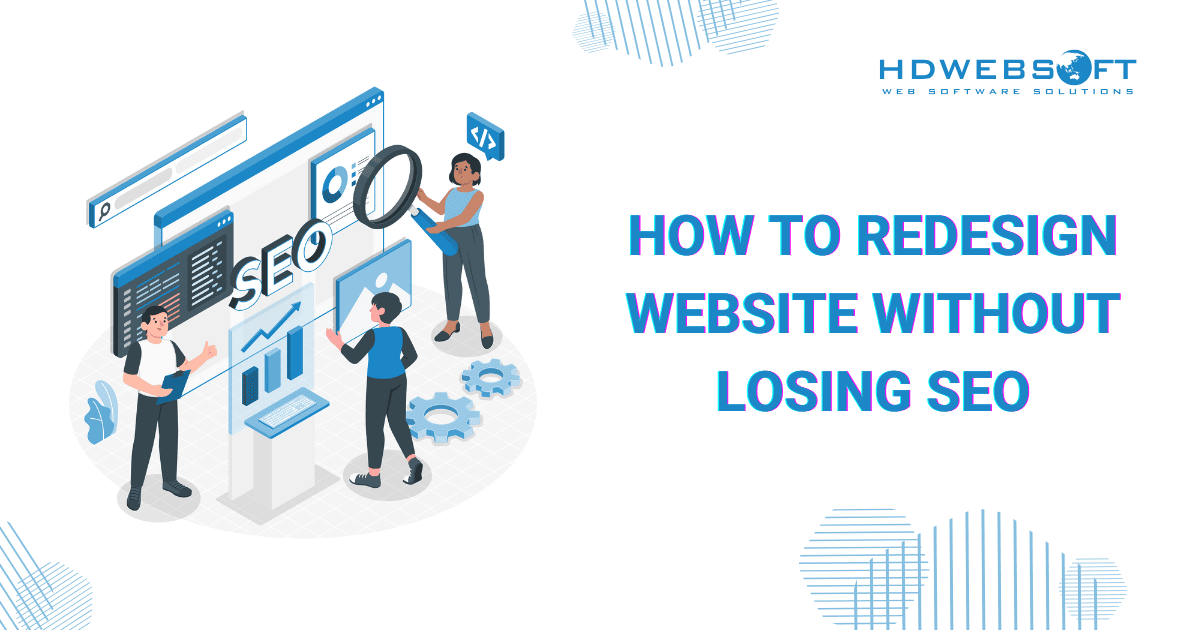
One of the biggest concerns during a website redesign is the potential impact on your search engine optimization (SEO) rankings. Losing organic traffic can have a significant negative impact on your business. Here are some key strategies to ensure you redesign your website without losing SEO:
Maintain Your URL Structure
If possible, try to keep your website’s URL structure the same when you redesign website. If changes are necessary, meticulously plan and implement 301 redirects from your old URLs to the new ones. This tells search engines that the content has permanently moved and helps transfer link equity.
Focus on Site Speed
Website loading speed is a crucial ranking factor. Optimize images, leverage browser caching, and consider using a content delivery network (CDN) to ensure your new website loads quickly.
Optimize for Mobile
With the majority of internet users browsing on mobile devices, having a responsive and mobile-friendly website is essential for SEO. Ensure your new design adapts effortlessly to different screen sizes.
Keep Your Content High-Quality
Don’t just focus on the visual aspects of your redesign. Remember to ensure your content is still relevant, informative, and optimized for your target keywords. Update outdated content and create new, valuable resources for your audience.
Properly Implement On-Page SEO
Pay attention to essential on-page SEO elements in the redesign website process. They are title tags, meta descriptions, header tags (H1, H2, etc.), and alt text for images. Ensure these are optimized for your target keywords on every page.
Don’t Forget Internal Linking
Maintain and improve your internal linking structure, connecting relevant pages within your website. Consequently, this helps search engines understand the hierarchy and importance of your content.
Monitor Your Website After Launch
After launching your redesigned website, closely monitor your search engine rankings and website traffic. Use tools like Google Analytics and Google Search Console to identify and address any potential SEO issues promptly.
Conclusion
Redesigning your website is a significant investment that can yield substantial returns when done strategically. After reading our insights on web design, we hope you can approach the process with greater clarity and confidence.
If you’re looking for expert guidance, HDWEBSOFT offers top-tier UI/UX design services. We focus on creating user-friendly and visually appealing websites. Our team can help you achieve your redesign goals. We understand the importance of a seamless user experience. Let HDWEBSOFT transform your online presence.








